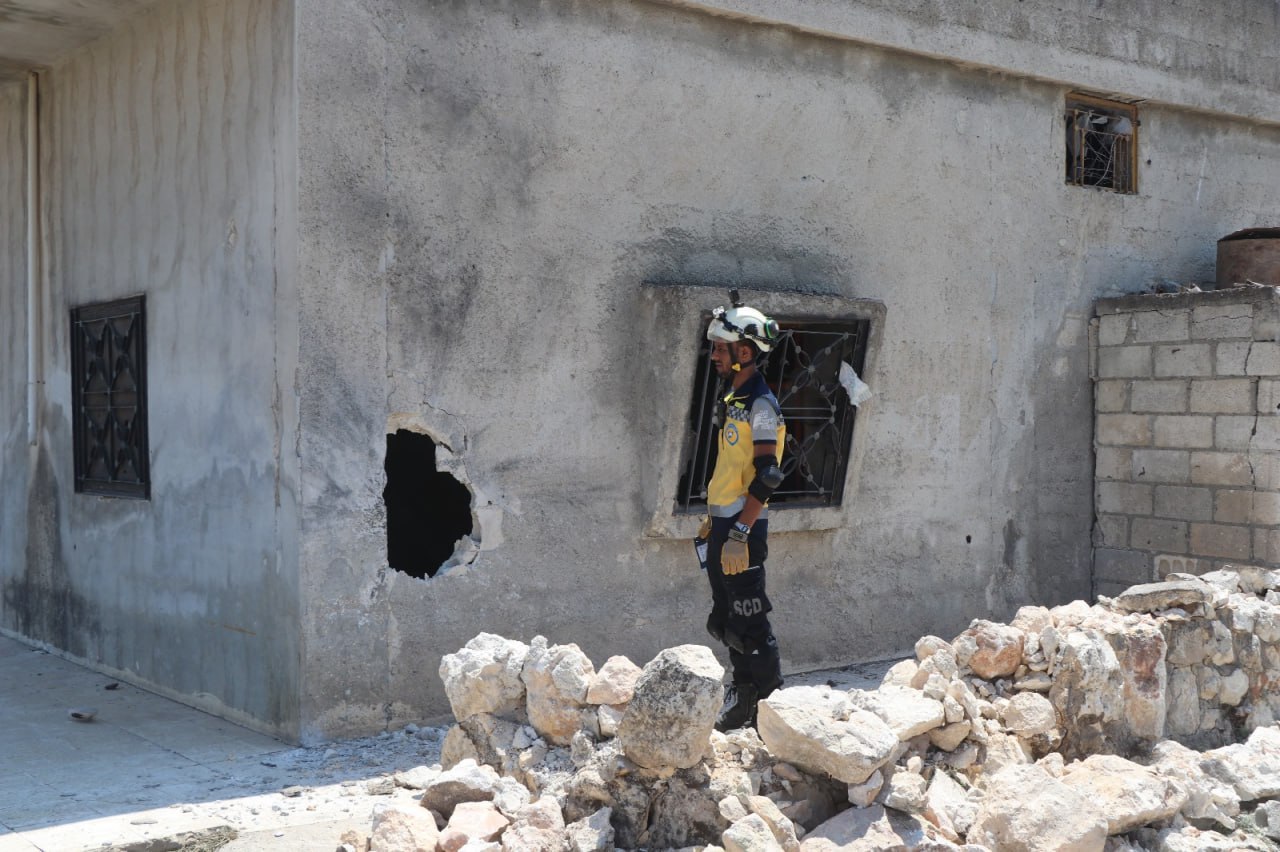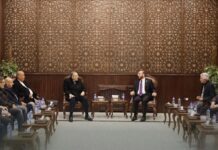
In July, northern Syria experienced a surge in attacks by the Assad regime and its allies, coinciding with diplomatic efforts towards reconciliation between Syria and Turkey. The Syrian Network for Human Rights (SNHR) reported the deaths of 65 civilians, including 23 children and three women, attributing these fatalities to various conflicting parties in Syria.
The SNHR’s report, released on Thursday, August 1, detailed that the Assad regime was responsible for eight civilian deaths, including two children. The Syrian Democratic Forces (SDF) were responsible for four deaths, including two children and one woman. The International Coalition Forces (ICF) killed one child, while other parties were responsible for the deaths of 52 civilians, including 18 children and two women. Twelve children were killed in the attack in Majdal Shams alone.
Daraa governorate had the highest casualty rate at 31%, with 18 victims, followed by the occupied Golan at 18%, and Aleppo at 15%. The SNHR confirmed one massacre in July, raising the total number of massacres in 2024 to ten. There were also eight attacks on vital civilian centers during July, five by regime forces, one by “opposition factions”, and two by other entities.
The increase in attacks in northern Syria aligns with renewed talks of rapprochement between the Assad regime and Turkey, facilitated by Russian mediation. The regime and Russia employed artillery, missiles, air raids, and suicide drones in their bombardments. On July 11, the Syrian Civil Defense (White Helmets) warned of “new and dangerous tactics” involving high-explosive munitions and suicide drones targeting civilians and populated areas.
Nawar Shaaban, a researcher at the Omran Center for Strategic Studies, cited three main reasons for the escalation. First, the bombing serves a sabotage purpose, with Iran playing a significant role in creating gaps to disrupt potential Turkish-Syrian negotiations. Second, Russia employs a tactic of escalating military pressure ahead of political negotiations. Third, the security and military fragility due to extended front lines allow for sudden military actions by the regime.
The military escalation in Idlib was preceded by significant reconnaissance flights. Observatory 80, a military movement monitoring group, reported extensive reconnaissance by Turkish, Russian, and Assad regime drones over several regions, updating targeting data.
The attacks varied from artillery shelling in Idlib and Aleppo countryside to air strikes, including a notable attack on a secondary school on July 10. Suicide drone attacks occurred almost daily, targeting civilians’ vehicles, homes, and agricultural machinery, significantly impacting civilian life and agriculture.
On July 31, the White Helmets reported six suicide drone attacks on towns and villages in southern Idlib, causing damage to civilian cars and agricultural lands. These attacks, documented by the Civil Defense, resulted in three civilian deaths and 18 injuries, including a woman and four children.
Last month the UK condemned the Assad regime’s escalation using suicide drones against civilians and called for accountability for these crimes against humanity. Over the years, Syria has become a “laboratory for drones” with various countries and armed groups, including the US, Russia, Iran, Israel, Turkey, and Assad regime forces, deploying 39 different types of drones since the conflict began in 2011, according to a November 2022 report by the Dutch organization PAX.








